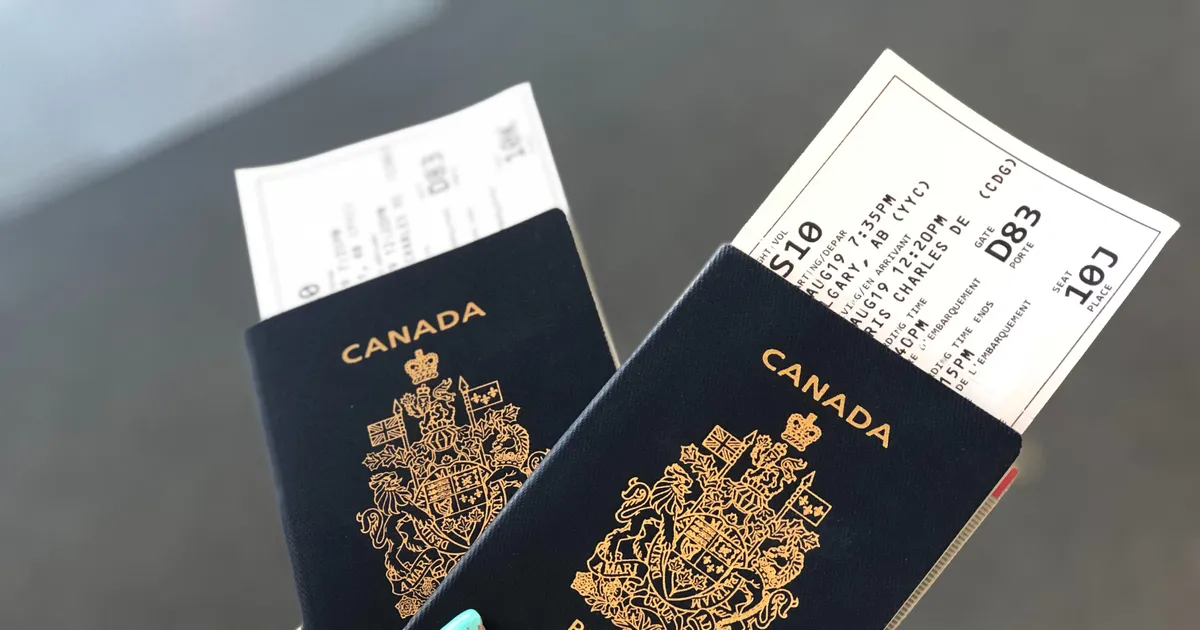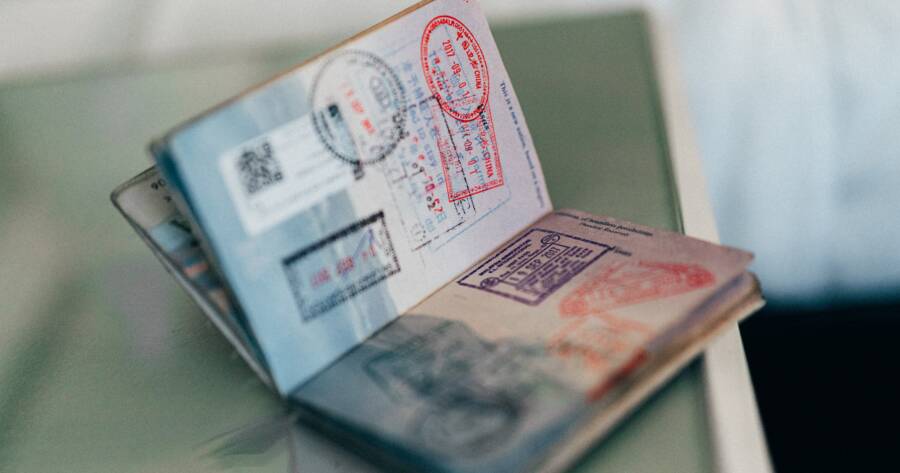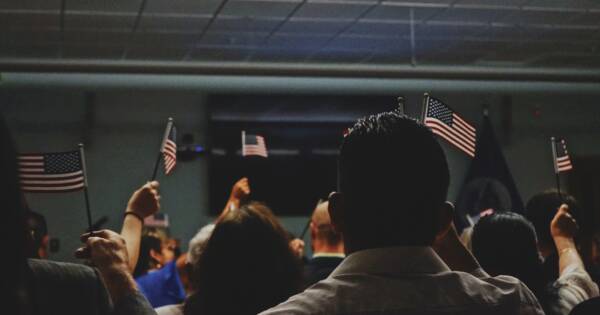Every year thousands of people apply for a temporary visa to visit the U.S. Determining the kind of visa that fits your needs is the key to being awarded one.
Visas for people coming to the United States fall into two categories: immigrant and non-immigrant (or temporary). Immigrant visas are designed for people who want to live in the United States for a variety of reasons. Temporary visas exist for people who wish to come to the United States for a specific reason during a restricted timeframe.
Some of the reasons that people may wish to acquire an immigrant visa include:
- Business
- Tourism
- Temporary work
- Medical treatment
- University or vocational study
- Working as the official representative of a foreign country
Unless you are a U.S. citizen or a permanent resident of the United States, you need a visa to enter the country. While there are some countries with which the U.S. has signed an agreement to allow their nationals to enter the country for up to 90 days without requiring a visa (this is known as the Visa Waiver Program or VWP), all other individuals are required to apply for a visa.
There are also different entry rules for Canadians. Canadians do not need a visa to enter the United States unless they are planning to immigrate to the United States, study there or work there. Otherwise Canadians may remain in the country for 6 months to a year, depending upon the circumstances.
 Joshua Hoehne/Unsplash
Joshua Hoehne/UnsplashHow Many Kinds of Visas Are There?
Currently, there are almost 70 different kinds of temporary visas for which individuals can apply. These visas depend upon the reason for the trip to the United States. All these temporary visas are identified by a letter-number combination, such as B-2 which designates a person visiting the United States for tourism.
Some of the other better-known types of visas include:
A
B
E
F
H
J
O
P
Temporary visas cover the alphabet from A to V, and each letter often has three or four different types of visas attached to it.
Main Reasons to Apply for a Temporary Visa
As noted above, there are numerous reasons for which individuals may want to apply for a temporary visa, but these are some of the most common.
Work
This employment is temporary or seasonal and cannot be indefinite or permanent. In many cases, the individual must have a petition from a prospective employee before they apply for a work visa.
H-1 and H-2 are for professional level jobs. Agricultural or non-agricultural jobs require an H-2A or H-2B visa. This is for seasonal work or for jobs in which there are not enough available U.S. citizens.
Visitor (Business or Pleasure)
Unless the individual comes from one of the 38 countries covered by the VWP, they will require either a B-1 or a B-2 visa. These visas must be applied for outside the United States at an American embassy or consulate. Each applicant’s nationality and the purpose of their visit will affect the amount of time that they can remain in the United States, which can vary between 3 months and 10 years. However, in most cases, the maximum amount of time is 6 months.
 Jaimie Harmsen/Unsplash
Jaimie Harmsen/UnsplashStudy
For many years, the United States has attracted students and educators from around the world. In each case, the government requires a visa.
For a full-time student attending an accredited American educational institution, an F-1 visa is required. An F-2 visa is for these individuals’ families, and the F-3 visa is for Canadians or Mexicans who travel across the border each day to study.
Individuals attending vocational schools or non-academic institutions require an M visa.
Finally, foreign nationals participating in study- or work-based programs (such as teachers, au pairs, interns or camp counselors) require a J-1 visa. Applicants for this visa need to show a proficiency in English.
How Do I Apply?
As noted above, anyone applying for a temporary visa to the United States needs to do so at an American embassy or consulate in their country. They are required to entirely fill out Form DS-160, pay the appropriate visa fee, schedule an interview and bring the required documents to the interview, including a photograph, a DS-160 confirmation letter, proof of payment (credit cards are not accepted in most cases) and a copy of appointment letter.
At the interview, everyone who applies is placed under oath and their fingerprints are taken which are then checked in a database. Next, there is a waiting period while your visa is processed, and it is determined whether you will be awarded one. In most cases this takes about two months, but it can take longer depending upon your nationality, where you applied and how complex your case is.
Is a Temporary Visa a Guaranty of Entry into the United States?
Being granted a U.S. visa does not mean that the individual is automatically granted entry into the United States. This is only the first step. When you arrive in the United States, your visa and documents are reviewed by a Customs and Border Patrol Agent who will make the final decision on whether you can enter the country.






